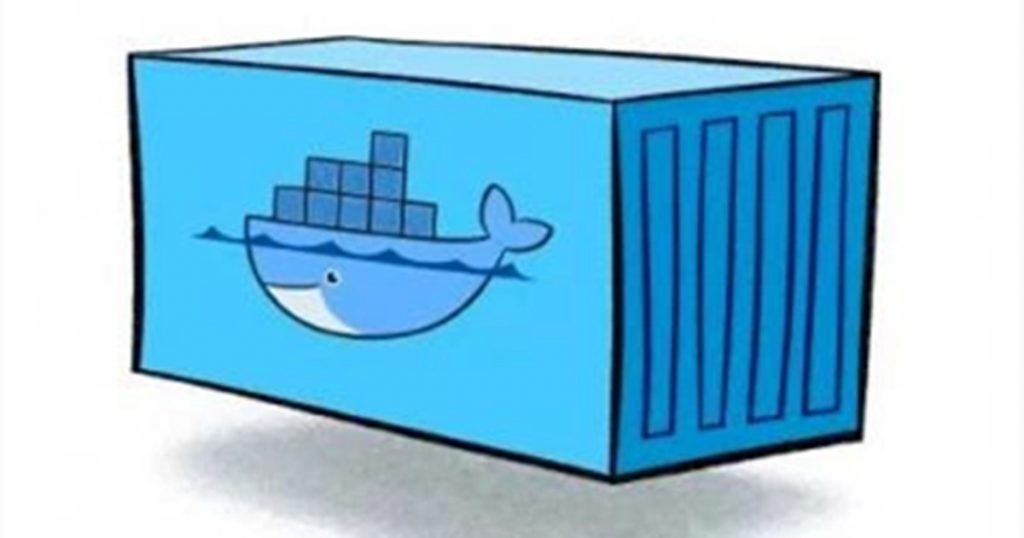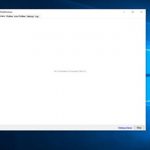Given that there are many important advantages, numerous services depend upon Docker containers.
With the increasing dependence on innovation, it is similarly crucial to handle the Docker Containers.
Yes, even if you utilize the finest Docker hosting platforms, you require efficient tools to handle them.
Here, we concentrate on some easy and reliable CLI tools to assist you keep an eye on and handle a Docker container.
Preserving Docker Containers Using CLI Tools
Despite The Fact That Graphical User Interfaces (GUIs) are readily available, numerous administrators still choose the command line or terminal (CLI).
However, why?
Normally, a GUI develops and can alter how it works/where the choices exist.
On the other hand, a CLI does not get any extreme modification that resets the discovering curve. So, when you are utilized to the CLI, you do not need to stress much about its updates.
A CLI tool can be simple to get utilized to without continuously adjusting to brand-new modifications.
Additionally, a GUI can have ridiculous bugs and concerns, which might hinder the operation of handling a docker.
On the other hand, a CLI tool is mostly steady and does not included any unusual glitches/bugs.
Not to forget, it is absolutely possible to from another location handle Docker containers utilizing simply your cellphone when it pertains to a command-line tool.
Command Line Tools to Manage Docker
It will be hassle-free and safe to handle docker containers utilizing CLI tools with all these advantages.
Nevertheless, it would work if you currently understand how to run commands inside a Docker container.
However, what are some choices to attempt? Are the command-line terminal tools capable enough to keep track of several containers and assist handle them?
Let us have a look at a couple of tools that you can attempt.
Dockly
If you desire an immersive terminal user interface for handling or keeping track of the containers and services, Dockly is a great tool.
It is a Node.js CLI application, which implies that you can install it utilizing the npm repository. You need not leave the CLI or keep in mind all the docker commands or alternative flags, and Dockly makes whatever simpler.
The tool is actively preserved and rather popular to name a few tools.
It can stream the log output of all your running docker containers to the log box, where you can quickly scroll up/down as needed. You likewise get the capability to produce a brand-new celebration session rapidly.
Dockly likewise supports the Docker swarm mode. So, you can toggle in between the regional containers and the swarm mode.
Dive
Dive is an interesting tool that lets you check out a docker image and its contents.
The tool intends to assist you examine the docker image and get concepts to shrink/manage the size of your Docker image.
Not simply restricted to the capability to see the layers and contents, however the tool likewise discusses extra information of file modifications, customized, included, or gotten rid of, in the file tree. You can examine your image by hand or attempt its image effectiveness quote.
The tool can likewise think just how much squandered area your image consists of.
You can run this in your Cl pipeline to make sure that you do not lose extra area. You can head to its GitHub page to discover how to get it set up and utilize it.
Ctop
If you do not require a great deal of performance however concentrate on keeping track of the services, Ctop is a best choice.
It provides you real-time metrics for numerous containers, consisting of the vital information, like CID, CPU use, memory use, and network statistics. All of it in an easy interface.
While it mostly makes tracking simple with several containers, it likewise has a single container view to check a particular container.
You can develop the plan from its GitHub page or utilize some pre-built binaries kept by 3rd parties.
Dry
A terminal tool that assists you keep an eye on and handle docker containers. Dry is a simple application without any requirements for external libraries.
It likewise includes assistance for a swarm cluster. So, you can either try to find details about containers or the swarm setup.
For benefit, it likewise supports lots of Docker CLI commands (with the very same functions) that you can utilize within Dry.
So, you will not require to leave the CLI and stay with this tool the majority of the time.
Lazy Docker
Lazy Docker is a premier tool that provides every capability you would wish to carry out for a Docker container from a single interface.
You do not need to remember numerous Docker commands to carry out various actions.
You can see the state of your docker containers or the environment, and the logs are available rapidly. You can see generally anything connected to a container/service, consisting of the ASCII charts, layers of image, and more.
It likewise includes mouse assistance. So, you can click/press to get things done rapidly, which provides you an included layer of benefit.
Do you believe it lost out on some actions? Worry not; you can include your custom-made command within the tool to make things extremely quickly.
Poco
Poco is not as popular as some other tools pointed out in this list. Nevertheless, it assists with particular jobs utilizing the CLI.
With Poco, you can arrange and handle Docker/Docker-compose and Kubernetes jobs too.
No matter how intricate the job is, it utilizes basic YAML config files to assist you discover the task or initialize it in the regional environment.
Various designers certainly keep themselves hectic producing and handling the containers without considering organizing/keeping them available.
Thanks to Poco, you do not require the inconvenience of arranging things yourself, however simply utilize the easy setup files. Additionally, it likewise supports variation control utilizing Git and SVN, making this more effective.
Sen
Sen can be a great choice if you desire performance and a basic interface to handle docker containers.
Sen can assist you interactively handle your containers and images. You can likewise carry out the standard actions to begin, stop, reboot, eliminate, or erase a service or container.
The control panel view will reveal all the containers and images in an arranged way. Beginning with logs to real-time updates, you get a great deal of performance from a tool that looks so basic.
Sadly, Sen isn’t as actively handled as other CLI tools. Nevertheless, it gets bug repairs. If you do not require additional elegant functions, you can depend on this tool.
Skopeo
Skopeo, unlike some other tools, concentrates on operations on container images and its repositories. It does not assist you monitor/manage services inside the docker containers however lets you handle your images.
Some functions consist of copying an image from/to storage computer system registries, checking a remote image to evaluate residential or commercial properties and layers without pulling the image, erasing an image, and more.
Skopeo command does not need root opportunities for the majority of the functions. Likewise, it does not need a daemon to work. With this tool, you can handle Open Container (OCI) images or choose Docker v2 images.
Last Words: CLI Tools to Enhance the Docker Management Operation
A lot of power users count on CLI tools to get things done, and it is no various when it pertains to Docker containers.
Whether you wish to keep an eye on the system, handle the services, arrange images, and desire any other capability to handle your Docker release effectively, a command-line tool needs to assist.
Even if you are a novice, getting utilized to the CLI tools can provide you fantastic versatility and control with anything you do, utilizing Docker.
While numerous kinds of CLI tools are offered, you can get an excellent running start with the ones pointed out above.







